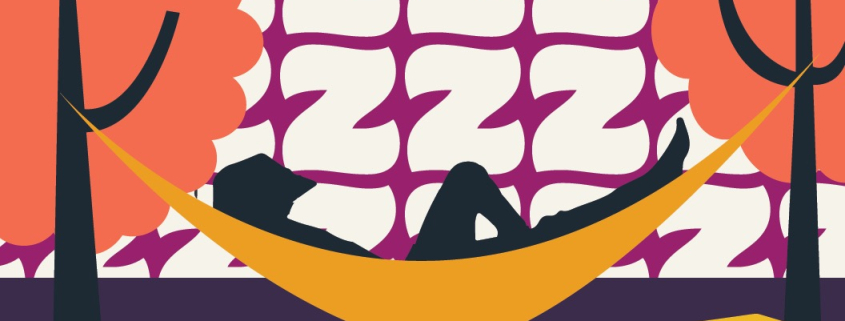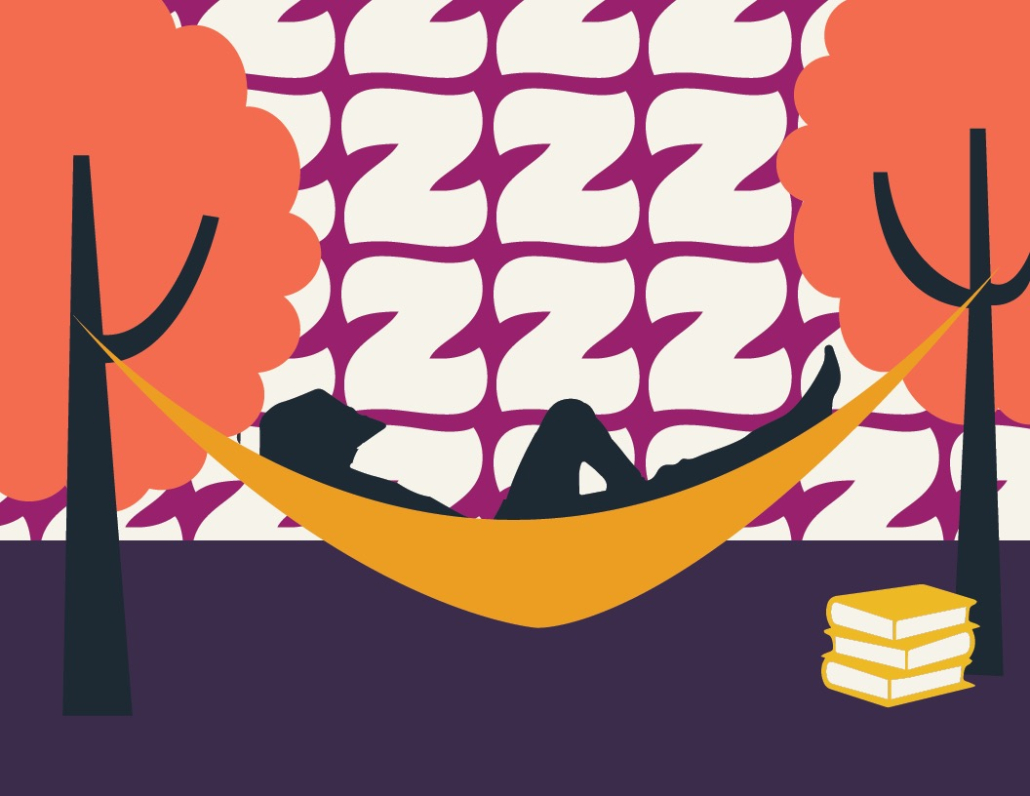USC should consider establishing nap stations on campus
Every semester, students are in a constant battle with sleep deprivation. Schoolwork, sports, clubs, family and social life require them to be continuously awake and alert. However, sleep deprivation often makes students doze off during the day. For students living off-campus, returning home and taking a nap on a busy school day is simply not a choice. Hence, the University should consider setting up nap stations on campus to provide a space for students to relax and refresh.
Although nap stations may sound new to the Trojan community, many colleges across the country already adopted them. UCLA recently set up a BruinHub with five sleeping pods for commuter students to take a short rest or even stay overnight. Sleeping pods, or napping pods, are bean-shaped pods that provide a private space for students to lay down and rest. Some sleeping pods also have music and pre-programmed nap cycles.
A New York Times article indicated that other universities, such as the University of Miami, Washington State University, Wesleyan University and Savannah College of Art and Design, all provide pods for students to take naps. At Texas A&M University, students can sign up for 30-minute or one hour naps in the sleeping pods.
Some people may doubt whether sleeping pods can fully meet the demands of all students. The expensive cost of each sleeping pod may also pose a financial burden to the University. Luckily, sleeping pods are not the sole solution to this problem. Before the installment of napping pods, the University of Michigan in Ann Arbor’s napping station had vinyl cots and disposable pillowcases. Students received up to a 30-minute napping time when they got tired.
Moreover, recliners or chairs with footstools in the libraries may also help students temporarily destress and clear their brains. Wake Forest University has recliners in its library. USA Today reported that UC Berkeley has “REST Zones” at five different locations on campus. These zones have lounge chairs that enable 40 students to rest and nap at a time.
It is important to address sleep deprivation among students because it may lead to a series of negative consequences. The Centers for Disease Control and Prevention said sleep deprivation may lead to health issues and poor mental health, which prevents students from working in their best condition. Research shows that students who sleep for six or less hours per night perform as poorly in memory and motor tasks as those who have not slept for 48 hours. In general, lack of sleep affects the normal function of the brain and makes students perform worse in academics.
Sometimes students may choose to consume coffee to overcome their sleepiness. However, this is not always helpful. In his interview with the Time Magazine, Robert Stickgold, an associate professor at the Beth Israel Deaconess Medical Center and Harvard Medical School, said caffeine only boosts the consumer’s energy from 15 minutes to half an hour. On the other hand, sleep allows the brain to consolidate recent information and enables the person to recall information more efficiently.
This research on sleep deprivation highlights the necessity for students to get enough sleep or at least take naps to make up for lack of it. Johns Hopkins Medicine pointed out that a 30 to 90 minute nap can help people have better cognition and better memory. Sleep Foundation also posits that taking naps helps improve learning and regulate emotions.
It is uneasy for students to cope with their work to balance their time between study and sleep. By setting up nap stations, the University can help alleviate the harms of sleep deprivation and promote student health and academic performance on campus.


